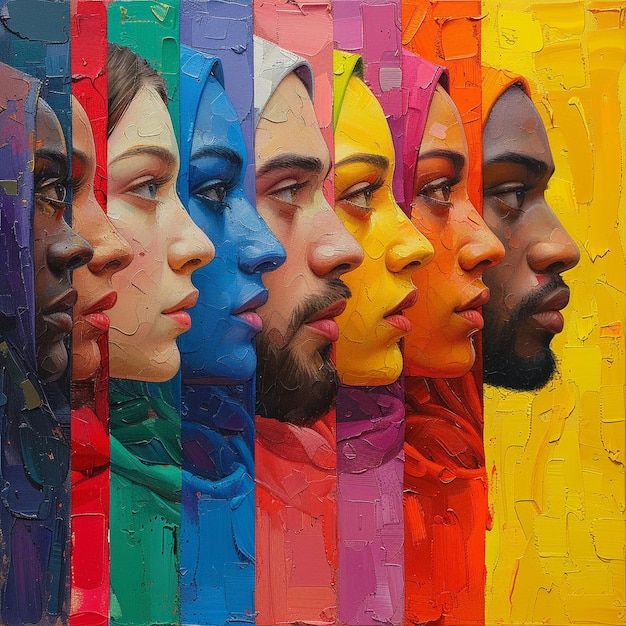Nativ: Visual Content Culturalization



In today’s hyperconnected world, content isn’t just seen—it’s felt. Every image, layout, and visual metaphor carries cultural meaning, and that meaning can shift dramatically across borders. While many companies have embraced multilingual strategies, few have addressed the visual gap that often undermines global engagement.
This is where visual culturalization comes in—not just as a design trend, but as a strategic imperative.
In today’s attention economy, visuals are often the first—and sometimes only—point of interaction. Colors, imagery, gestures, symbols, and design systems carry deep cultural meaning. What feels familiar and trustworthy in one market might feel confusing, off-putting, or even offensive in another. A red "buy" button may signal urgency in the West but signal bad luck in parts of Asia. Stock imagery that feels “neutral” in one region may read as cold or exclusionary elsewhere. These are not details—they are signals, and consumers decode them instantly.
This is where visual culturalization comes in—not just as a design trend, but as a strategic imperative.
This is where visual culturalization steps in: the process of adapting visual content to align with the cultural norms, expectations, and emotional cues of specific regions or audience segments. It’s not about creating dozens of bespoke assets from scratch—it’s about designing intelligent, flexible content systems that can be localized quickly, effectively, and meaningfully. With the rise of AI and automation in creative workflows, this is becoming increasingly achievable.
At Nativ, we believe visual culturalization is not about changing what you stand for—it’s about showing up in ways that make sense everywhere. The future of global content isn't just multilingual. It's multicultural by design.
Leading global brands are beginning to treat culturalized visuals not as a final polish, but as a core design requirement—one that enhances user experience, increases engagement, and drives conversion. They’re building creative pipelines that are adaptive by design, integrating cultural logic into everything from campaign visuals to interface design. In doing so, they unlock not just reach, but resonance.
In an increasingly visual and global digital landscape, content must not only be understood—it must feel familiar. Visual culturalization is not just a creative enhancement; it’s a strategic capability that helps brands build trust, relevance, and growth in every market they enter. As the next frontier of global content strategy, it offers a powerful competitive edge: the ability to scale content that doesn’t just translate—but belongs.